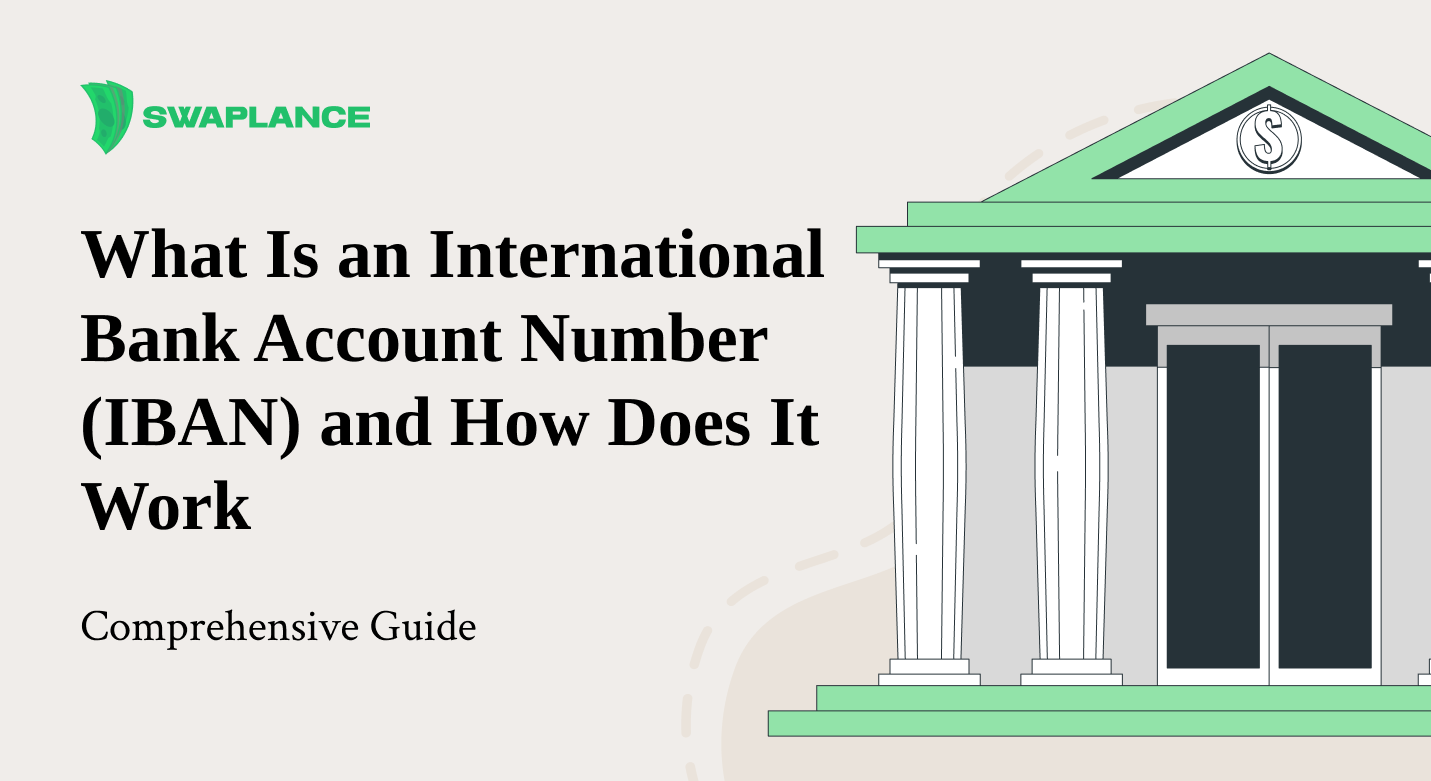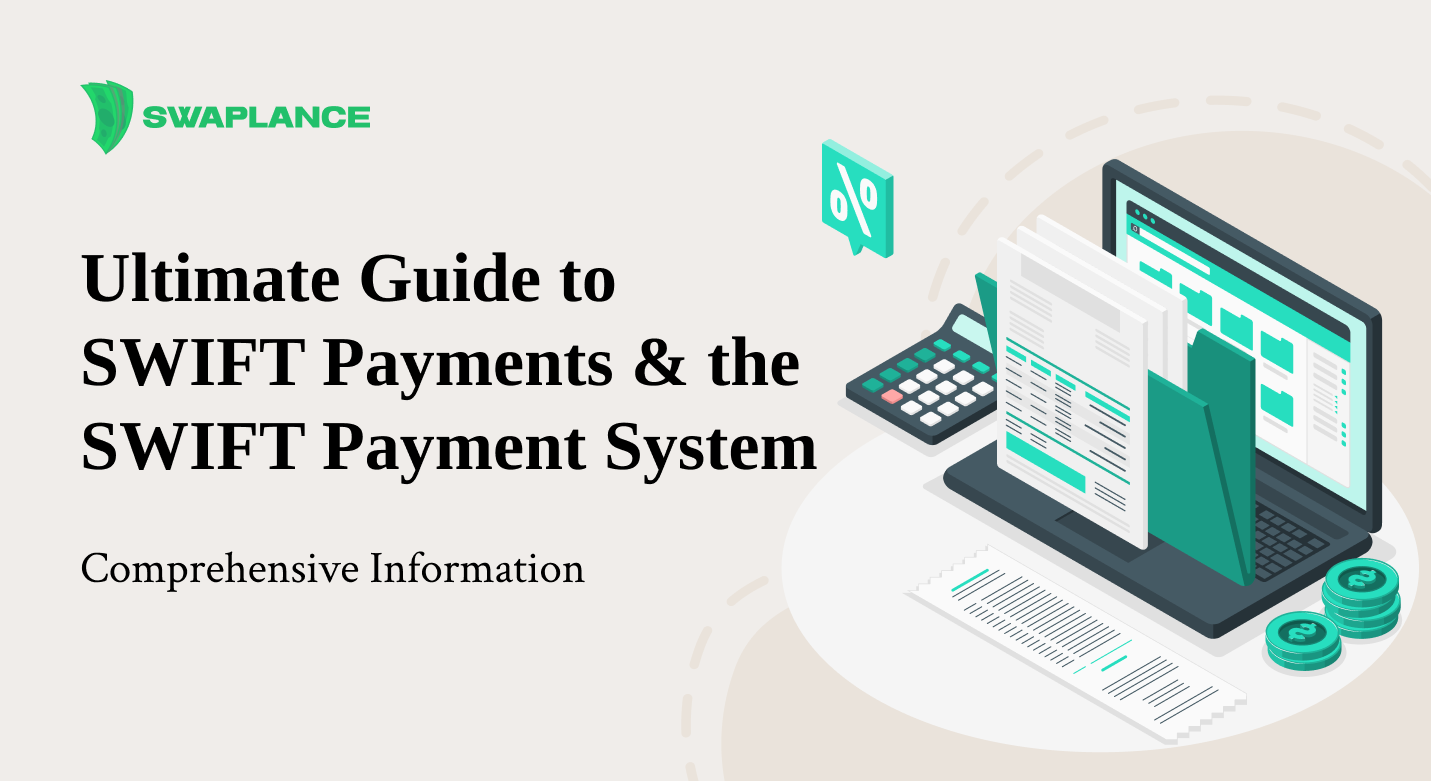
SEPA Transfers Explained: What Businesses Need to Know
In an increasingly globalized world, businesses rely heavily on fast, secure, and affordable payment systems to facilitate international trade and commerce. One such system that has transformed the European payment landscape is SEPA (Single Euro Payments Area). This article provides an in-depth guide to SEPA transfers, detailing how they work, their benefits, fees, and how businesses can take full advantage of them.
What are SEPA Transfers?
SEPA transfers refer to the electronic transfer of euros between bank accounts within the European Union (EU) and a few other countries. SEPA, or the Single Euro Payments Area, is an initiative designed to simplify cross-border euro payments, making them as straightforward as domestic payments. SEPA transfers enable businesses and individuals to transfer money efficiently across different countries, provided both the payer and the recipient use bank accounts within the SEPA zone.
SEPA transfer meaning is tied to the aim of unifying European payments, removing the barriers associated with traditional cross-border transactions. The idea is to provide a streamlined and uniform way to process transactions across the eurozone.
How SEPA Payments Work
SEPA payments allow for seamless euro transactions between bank accounts across the Single Euro Payments Area (SEPA) member countries. The process simplifies cross-border payments, making them as efficient as domestic transfers within Europe.
- To initiate a SEPA payment, the sender needs the recipient’s IBAN (International Bank Account Number) and sometimes a BIC (Bank Identifier Code). The payer provides these details to their bank or financial institution, which then processes the transaction. Payments made through SEPA are typically completed within one business day for regular transfers or even instantly with SEPA Instant Payments.
- The bank processes the transaction, transferring the specified amount of euros.
- The recipient's bank receives the payment and credits the amount to the recipient's account.
A transfer SEPA ensures that funds are moved quickly and securely between accounts in different European countries, bypassing the need for complicated currency conversions or intermediary banks.
SEPA ensures that both banks – of the sender and recipient – comply with SEPA’s standardization rules, thus making the transaction faster, more secure, and transparent. All transfers must be made in euros, and fees are typically very low or non-existent for domestic transfers, while cross-border transactions within SEPA are regulated to prevent high charges.
This system provides a unified, reliable method for making payments across Europe, which is particularly beneficial for businesses and individuals engaged in cross-border financial activity.
Benefits of SEPA Transfers for Businesses
The benefits of SEPA transfers are immense for businesses operating in Europe or engaging in transactions within the SEPA region. Some of the benefits of SEPA transfers include:
- Cost-effectiveness: SEPA transfers typically come with lower fees compared to other international payment methods.
- Speed: SEPA transfers are designed to be fast, with most transactions processed within one business day.
- Simplicity: Businesses no longer need to manage multiple bank accounts in different European countries. A single euro account is sufficient for receiving payments across the SEPA region.
- Efficiency: Using standardized formats, like IBAN and BIC, ensures seamless transfers with minimal errors.
These advantages of SEPA payments have made them an attractive option for businesses operating across borders in Europe.
SEPA Transfer Fees and Costs
One of the key considerations for any business is the cost associated with financial transactions. SEPA transfer fees are usually quite low, especially when compared to the fees for non-SEPA international wire transfers. However, fees can vary depending on the bank and the nature of the transaction.
Banks generally do not charge fees for domestic SEPA transfers, or if they do, the costs are minimal. This makes it highly efficient for conducting transactions within a single currency area.
Fees for cross-border SEPA transfers are usually similar to those for domestic transfers, as European regulations require banks to treat intra-European transactions as if they were domestic. In some cases, businesses may incur small charges, depending on their bank’s policies or the type of SEPA service used (e.g., SEPA Instant may have slightly higher fees due to its real-time nature). Businesses should also be aware that while SEPA transfers are typically fee-free for the recipient, currency conversion fees may apply if payments are being received in a non-euro currency. However, the key benefit is that SEPA ensures that cross-border payments in euros are more cost-effective than using international payment systems like SWIFT.
While SEPA bank transfer costs are generally minimal, some banks may charge small administrative fees, particularly for business accounts or large transactions. These costs are still significantly lower than traditional cross-border payments outside the SEPA zone.
How to Make a SEPA Transfer
The SEPA payment process is relatively simple, making it accessible for businesses of all sizes. To initiate a SEPA transfer, businesses need to follow these steps:
- Ensure the recipient’s account is in the SEPA zone and can receive euro payments.
- Obtain the recipient’s IBAN and BIC.
- Provide these details to your bank or payment service provider.
- Specify the amount to be transferred and confirm the transaction.
Understanding how to make a SEPA transfer ensures that businesses can efficiently send and receive payments across Europe without unnecessary delays or complications.
SEPA Payment Timeframes
One of the significant advantages of SEPA transfers is their speed. How long do SEPA transfers take? Typically, a SEPA transfer is processed within one business day. However, SEPA instant payments are also available, allowing for almost immediate transfers, 24/7. These SEPA transfer times make the system highly efficient, allowing businesses to maintain smooth cash flow across borders.
SEPA vs. SWIFT: What’s the Difference?
While SEPA is tailored for euro payments within Europe, the SWIFT system is a global payment network used for international transactions. SEPA vs SWIFT primarily differs in scope, currency, and cost. SEPA transfers are limited to the SEPA zone and involve euro transactions, while SWIFT transfers can be used for global payments in multiple currencies. However, SWIFT transfers tend to have higher fees and longer processing times due to the involvement of intermediary banks.
Differences between SEPA and SWIFT highlight that SEPA is ideal for businesses dealing within Europe, whereas SWIFT is better suited for global payments involving different currencies.
Future of SEPA Payments
The future of SEPA payments looks promising, with innovations aimed at further improving the speed and efficiency of transactions. SEPA instant payments are already a significant step forward, allowing for near-instant transfers. As technology continues to evolve, we can expect further innovations in the SEPA system, such as enhanced security measures, greater transparency, and more seamless integrations with digital banking platforms.
Moreover, the growing adoption of digital payments and e-commerce across Europe means that SEPA will likely play an increasingly vital role in the global financial landscape. Businesses that embrace SEPA payments now will be well-positioned to benefit from future developments.
In conclusion, SEPA transfers offer businesses a reliable, fast, and cost-effective way to handle European euro transactions. Whether you are looking to streamline payments within the EU or reduce fees for international transactions, SEPA transfers are an essential tool for any business operating in the region.
If you’re looking for expert assistance with SEPA payments or other financial integrations, consider platforms like Swaplance. Swaplance allows you to find freelance professionals who can help you navigate the complexities of European payments.
Common questions
-
What are SEPA transfers, and how do they benefit businesses?SEPA (Single Euro Payments Area) transfers are cross-border euro transactions that streamline payments between European countries. They allow businesses to send and receive funds as easily as domestic transfers within the Eurozone, covering 36 countries. The key benefit for businesses is reduced transaction costs and faster processing times compared to traditional international transfers. SEPA transfers also offer fee transparency, making cross-border trade more efficient and predictable for businesses operating across European markets. Additionally, SEPA payments improve cash flow and payment consistency for businesses dealing with euro transactions.
-
How long does it take for a SEPA transfer to reach its destination?SEPA transfers typically take one business day to complete for standard SEPA Credit Transfers (SCT). This timeframe applies to transfers made between banks within the SEPA zone. For SEPA Instant Credit Transfers (SCT Inst), the transfer can be completed in seconds and is available 24/7. However, processing SEPA Direct Debits (SDD) may take up to two business days. Factors like weekends, public holidays, or the bank’s internal processing time could cause slight delays.
-
What information is needed to initiate a SEPA payment?To initiate a SEPA payment, you will need several key pieces of information. The most critical is the recipient's International Bank Account Number (IBAN), which ensures the funds are sent to the correct account within the SEPA zone. In some cases, you may also need the Bank Identifier Code (BIC), although it's not always required for SEPA payments. Additional details include the amount to be transferred, the purpose of the payment, and sometimes a reference or invoice number. Depending on the bank or payment service provider, further information, such as the recipient's name and address, might also be requested.
 Mark Petrenko
Mark Petrenko 




